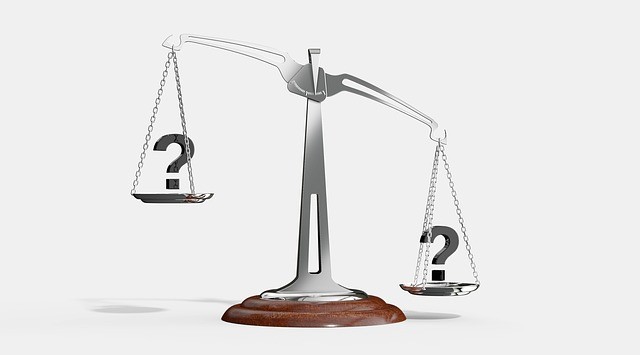
Sole Trader and Limited Liability Company – liability compared
A sole trader is a common ownership structure that can be used to operate a small business. The main operator of the business may be one person, supported by a family member such as a spouse. Operating a business may be risky if the right asset protection and insurance is not in place to support the sole operator. The extent of their liability is that they are personally liable for any business debt or loss, including taxes.
For debt owing to a creditor, a claim can be made against the personal assets of the sole trader, including funds in bank accounts, and the personal family home. Liability on behalf of the sole trader, will end when the sole trader has passed away unless a Will provides for the business to carry on.
Should the sole trader cease to operate their business, then there is a statute of limitation of between 6 to 15 years for creditors to make a personal claim, and therefore liability after this time may not apply.
When borrowing funds there may be a linked personal guarantee from the sole trader. When the debt is repaid to the bank, it will remain in place unless the lending organisation agrees in writing for its release. Liability can continue onto the sole trader’s executors and assignors under their Will.
The difference between a sole trader and the structure of a limited liability company, is the latter is seen to be a separate legal entity from the shareholders of the company, who are its owners.
Liability on behalf of the shareholders of the company is limited to the amount of the debt belonging to it in ratio to the shares held. If the shares haven’t yet been paid for in full there is an element of exposure of liability on the unpaid amount. If the company goes into liquidation, assets sold, creditors paid back first, then shareholders have a right to a share in the funds raised.
As liability can be dependent upon many things, directors can still be held personally liable for the company debt if trading while it is insolvent and if they have given personal guarantees.
It is important for directors and shareholders to remember to have personal guarantees released in writing when changing lending institutions or retiring from the company.
Personal liability on behalf of directors may also apply where the director(s) have not acted in the best interest of the company, and may have failed to act in accordance with the Companies Act.
If the company is acting in the capacity as an independent trustee of a family trust, liability can be disclosed not to be personal and unlimited. It can be limited to an amount equal to the value of the assets of the trust, that are in the hands of that trustee company available to meet the trustee company’s liability from time to time. The relevant time for the purposes of assessing the value of the assets of the trust will be the time of enforcement of any judgment or order against the trust.
It is important when entering into business to receive proper advice regarding the ownership structure, and consider how much risk and liability you are willing to accept when deciding to become a sole trader, director and or shareholder of a limited liability company.
All the information published [above] is not a substitute for legal advice. No liability is assumed by the authors or publisher for losses suffered by any person or organisation relying directly or indirectly on this article.
Call us to discuss the structure option for your business
Tel: Stoke 03 547 6991 Westport – 03 789 7759
Email us at [email protected]

Comments (0)